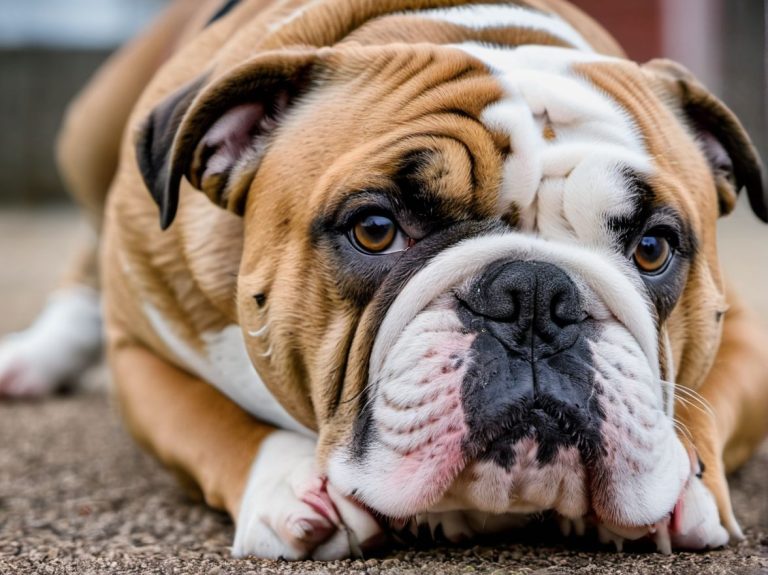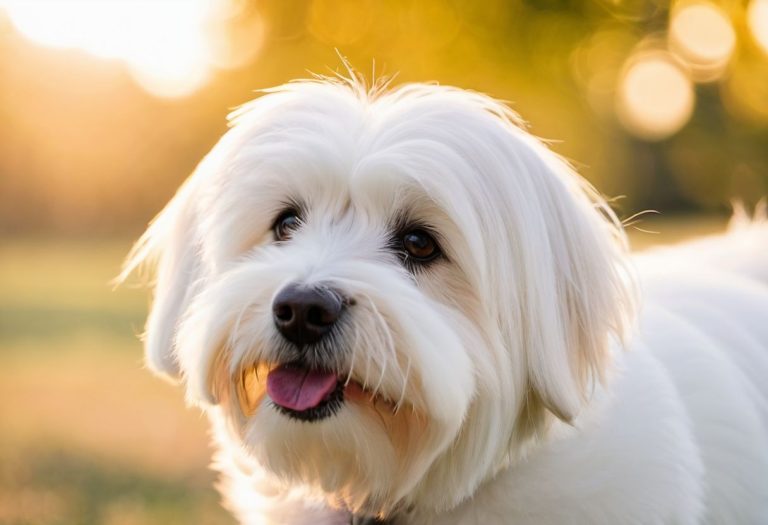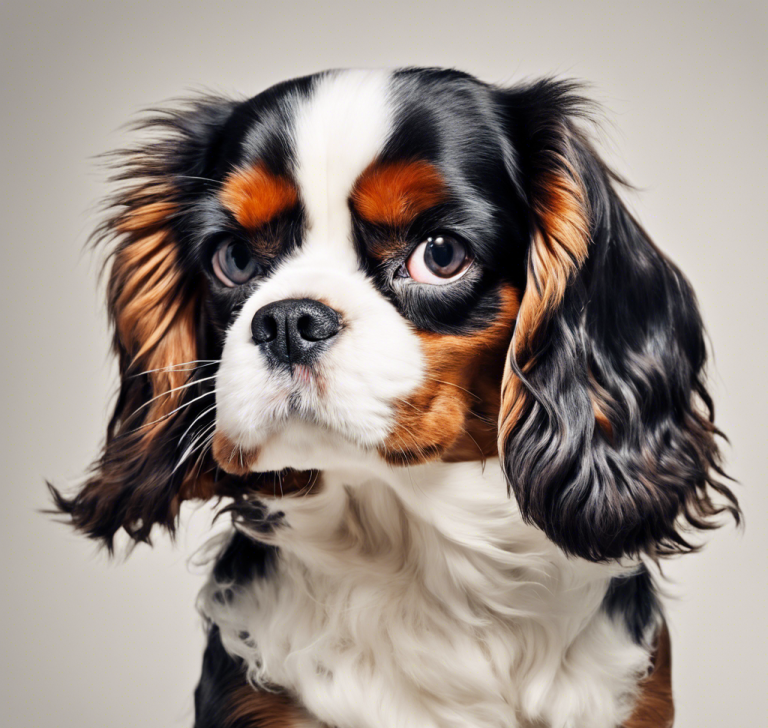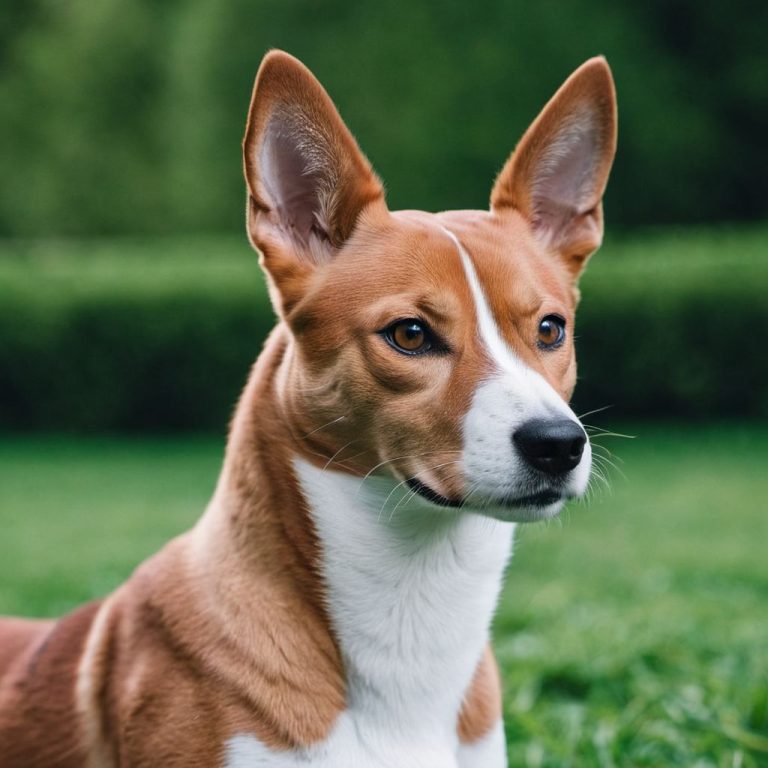DALMATIAN: The Spotted Star
Discover the iconic Dalmatian breed, known for its distinctive spotted coat and friendly temperament. They are energetic and require regular exercise. Dalmatians are also popular as family pets due to their loyal and playful nature.

A Dalmatian is a breed of dog known for its distinctive black or liver spotted coat. They are medium-sized, muscular dogs with a friendly and outgoing temperament. They are often associated with firehouses due to their historical role as carriage dogs, running alongside horse-drawn fire engines to clear the way and guard the equipment.
Let’s dig in to learn about their history, characteristics, and why they make great companions for active families.
History
The history of the Dalmatian breed dates back centuries, with origins believed to trace back to Croatia, in the region formerly known as Dalmatia. These dogs were originally bred to accompany horse-drawn carriages as guard dogs and to deter highwaymen from attacking travelers. They would run alongside the carriage, protecting it and its occupants.
This breed gained popularity in the 19th century when they became associated with firehouses, where they served as carriage dogs for horse-drawn fire engines. Their role was to clear the way and guard the equipment while firefighters responded to emergencies.
Over time, they were transitioned from working roles to companionship. Their distinctive appearance and loyal, playful nature have made them beloved family pets around the world.
Today, they are still cherished for their unique spots, athleticism, and friendly behavior.
Appearance
These housedogs are medium-sized, well-proportioned dogs with a distinctive appearance characterized by their short, dense coat covered in spots. They have a lean, muscular build with a deep chest and long, tapering tail. Their heads are somewhat rounded with a moderate stop.
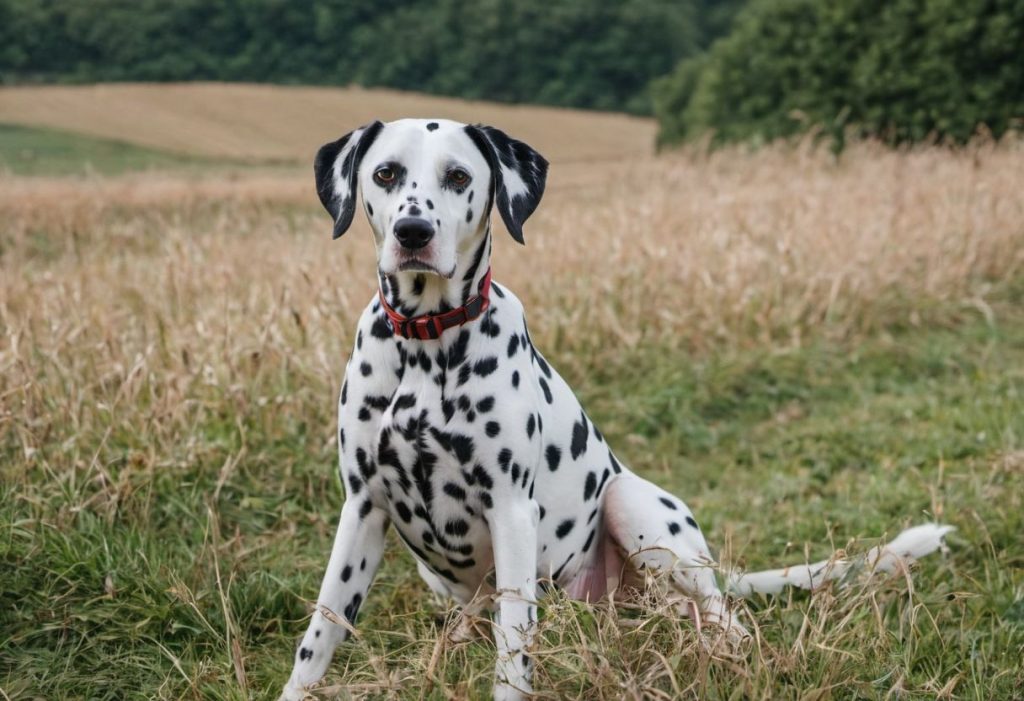
Physical Characteristics
Height
- Male 22-24 inches
- Female 20-22 inches
Weight
- Male 55-70 pounds
- Female 45-60 pounds
Coat
The coat is short, dense, and adorned with distinctive black or liver-colored spots evenly distributed over the body.
Color
The colors are:
- Black spots
- Liver-colored spots
Eyes
They have medium-sized and almond-shaped eyes that are usually dark in color.
Ears
These dogs have high-set and medium-sized ears that hang close to the head and taper to a rounded point.
Tail
The tail is long, tapering, and carried with a slight upward curve, typically reaching down to the hock.
Lifespan
The average lifespan is around 10-13 years.
Temperament
They are known for their friendly, outgoing temperament. They are loyal, energetic, and often playful, making them great companions for active families. They can be strong-willed and independent but are generally good-natured and social dogs. Proper socialization and training from an early age are important to ensure they develop into well-behaved pets.
Grooming
These carriage dogs have short, dense coats that are relatively easy to groom. Regular brushing with a firm bristle brush or grooming mitt helps to remove loose hair and keep their coat healthy. They are moderate shedders, so brushing a few times a week is usually sufficient to keep their coat in good condition.
Additionally, they should be bathed as needed, typically every few months or when they get dirty. It’s important to use a mild dog shampoo to avoid drying out their skin.
Regular maintenance of their ears, teeth, and nails is also essential. Check their ears weekly for any signs of infection or debris, brush their teeth regularly to prevent tartar buildup, and trim their nails as needed to keep them at a comfortable length.

Training
Training them requires consistency, patience, and positive reinforcement methods. Start with basic obedience training, including commands like sit, stay, come, and heel. Socialization from a young age is crucial to help them become well-adjusted and friendly around people and other animals.
Positive reinforcement techniques such as treats, praise, and playtime work well to motivate them during training sessions.
Providing plenty of mental and physical stimulation is essential to prevent boredom and destructive behaviors. Regular exercise, interactive toys, and engaging activities like agility training can help channel their energy in a positive direction.
Exercise
They are energetic dogs that require regular exercise to stay healthy and happy. They enjoy activities that allow them to run and play, making them well-suited for active lifestyles. Providing daily walks, jogs, or runs is important to help them burn off excess energy and maintain their physical health.
They also enjoy participating in activities like hiking, swimming, or even participating in dog sports like obedience or rally.
Nutrition
These housedogs require a balanced diet that provides essential nutrients for their overall health and well-being. Choose high-quality dog food formulated for their age, size, and activity level. Ensure the food contains adequate protein for muscle maintenance, healthy fats for energy, and essential vitamins and minerals for overall health.
Provide fresh water at all times, and avoid feeding them table scraps or excessive treats, as these can contribute to weight gain and nutritional imbalances.
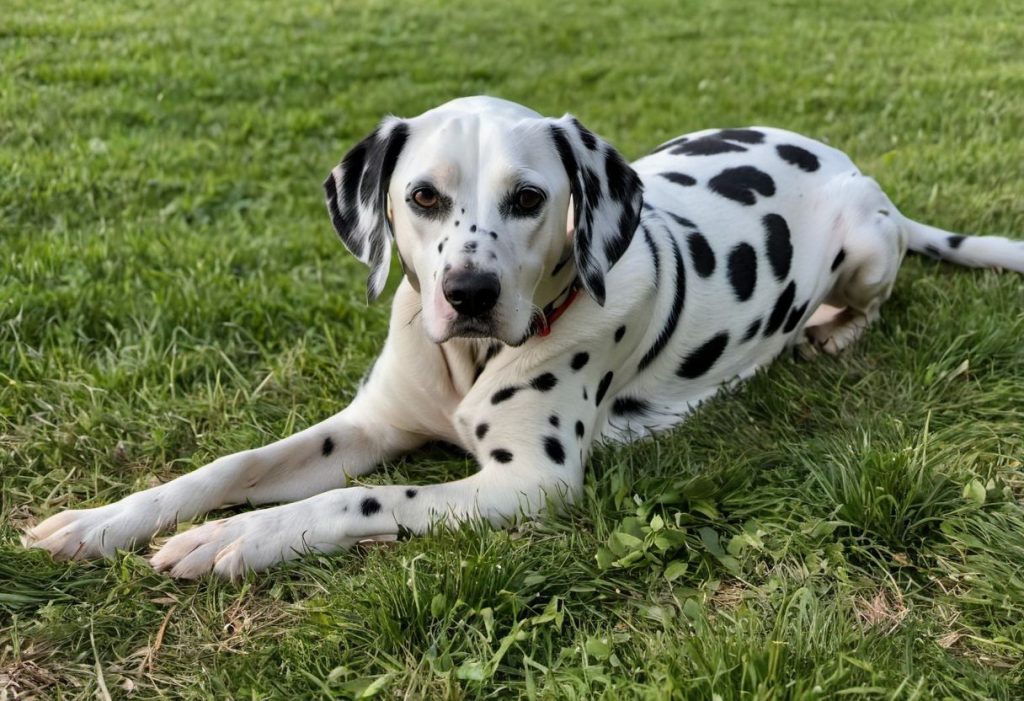
Health Concerns
They are generally healthy dogs, but like all breeds, they are prone to certain health issues. Some common health concerns may include:
Deafness
These carriage dogs are known to have a higher prevalence of congenital deafness, which can affect one or both ears. Breeders often perform hearing tests on puppies to identify deafness early.
Urinary stones
They have a genetic predisposition to forming urinary stones, particularly urate stones. Proper hydration and a diet low in purines can help prevent stone formation.
Skin allergies
They may be prone to skin allergies, which can cause itching, redness, and discomfort. Regular grooming and a healthy diet can help manage skin allergies.
Hip dysplasia
This is a common orthopedic condition in many dog breeds, including Dalmatians. It occurs when the hip joint does not develop properly, leading to pain and mobility issues. Proper breeding practices and regular exercise can help reduce the risk of hip dysplasia.
Eye disorders
This breed may be susceptible to certain eye conditions, such as cataracts and progressive retinal atrophy (PRA). Regular veterinary check-ups can help monitor and manage these conditions.
Bottom Line
Dalmatians are known for their striking coat, friendly nature, and high energy levels. They are beloved companions for active families and individuals who appreciate their spirited and entertaining personality. Whether you’re seeking a playful and energetic pet or a loyal and charming friend, the Dalmatian is likely to capture your heart with its unique appearance and outgoing character.
FAQs (Frequently Asked Questions)
Q: Are Dalmatians good family pets?
Yes, Dalmatians are generally good family pets. They are loyal, playful, and energetic, making them great companions for active families.
Q: Do Dalmatians shed a lot?
Dalmatians are moderate shedders. They have short, dense coats that require regular brushing to remove loose hair.
Q: Are Dalmatians good with children?
Dalmatians can be good with children, especially if they are raised with them and properly socialized. However, as with any breed, supervision is recommended, especially with young children.
Q: Do Dalmatians bark a lot?
Dalmatians can be vocal dogs, but their tendency to bark varies from individual to individual. Proper training and socialization can help manage excessive barking.
Q: Are Dalmatians good guard dogs?
Dalmatians are alert and can be protective of their family, but they are not typically aggressive guard dogs. They may bark to alert their owners of strangers or unusual activities.
Q: Do Dalmatians get along with other pets?
Dalmatians can get along with other pets, especially if they are socialized with them from a young age. However, their prey drive may be triggered by smaller animals, so supervision is advised.
Q: Do Dalmatians have sensitive skin?
Some Dalmatians may have sensitive skin and be prone to skin allergies. Providing a high-quality diet and proper grooming can help maintain their skin health.
Q: Do Dalmatians need a fenced yard?
Dalmatians benefit from having a fenced yard where they can safely exercise and play. However, they should never be left unsupervised in a yard, as they are known to be escape artists.

